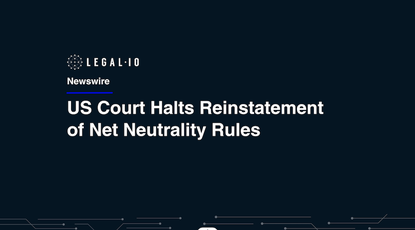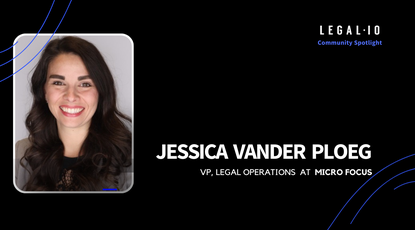Checklist / FAQ
1. Is the agreement unilateral or bilateral, and is this choice appropriate?
Consider who is providing information to whom. If both parties are providing information to the other party, a bilateral (“mutual”) nondisclosure agreement is appropriate. Consider a unilateral agreement when the provision of information is unidirectional.
2. Is it clear who the parties to the agreement are?
Between what entities is the contract being concluded?
Are the names, entity types, addresses and jurisdictions complete and correct?
3. Is the start date of the agreement set?
Verify whether the start date of the agreement is equal to or earlier than the date on which the parties started to exchange information.
4. Is the purpose and context of the agreement explained?
Does the agreement sufficiently describe its purpose? Is it clear in what context information will be exchanged?
5. Is “confidential information” defined?
Is confidential information defined accurately? Does it include a mention of trade secrets? Are the carveouts mentioned in the document present?
6. Are there clear procedures to mark information as confidential?
Is there a requirement to identify in writing whether information is confidential?
Is it clear when information that was conveyed verbally should be considered confidential?
7. Are the necessary exceptions to what encompasses confidential information present?
Ensure that the following are excluded from the definition of confidential information:
- Publicly available information;
- Already in possession of the recipient at the time of the disclosure;
- Rightfully received by the recipient from a third party without confidentiality obligations;
- Independently developed by the recipient without use of the confidential information;
- Disclosure required by law or regulation
8. Does the agreement sufficiently restrict what can be done with confidential information?
Does the agreement sufficiently prohibit the disclosure of confidential information?
Does the agreement prohibit the use of confidential information for any other purpose than the purpose stated in the agreement?
9. Is there a need-‐to-‐know restriction?
Does the agreement state that recipient personnel and contractors will get access on a need-‐to-‐ know basis only?
10. Does the agreement have a clearly defined term during which information is kept confidential?
Typically, confidentiality agreements are concluded for a duration of 5 years. However, you should consider whether the length of the confidentiality period is appropriate for the type of information that is to be kept confidential.
11. Can we terminate the non-‐disclosure agreement?
Does the agreement allow for termination for convenience? If yes, does termination only affect the right to receive and use confidential information, while leaving the confidentiality obligations themselves intact?
12. Does the agreement describe what is expected from the parties in case a breach occurs?
13. Is there a requirement to return or destroy confidential information at the end of the agreement?
Does the agreement describe what needs to be done with confidential information of the other party in case of termination?
Should there be a provision allowing the recipient to retain a copy of the discloser’s confidential information for regulatory or evidentiary purposes?
14. Are intellectual property rights issues sufficiently covered?
Does the agreement mention that each of the parties retain control over their intellectual property rights?
Is there an arrangement for cases in which a party creates derivative works based on the other party’s confidential information?
Should there be a clause prohibiting reverse engineering?
15. Is our liability limited?
Are warranties, disclaimers and limitation of liability addressed? Are indirect damages excluded?
16. Are the following common clauses present in the agreement?
- Entire agreement (clause stating that the agreement forms the entire agreement between the parties). Is this correct?
- Export compliance. Is this required?
- Notifications (clause describing how notifications are given). Can notifications be made other than in writing?
- Applicable law and jurisdiction. In case of a dispute, is it clear where to go?\
- Severability (clause stating that in case part of the agreement is found invalid, other parts will still be valid)
- Survival (clause enumerating the clauses that will still be in force when the agreement expires)
- No partnership (clause confirming that there is no joint venture / partnership between the parties to the agreement). Is the use of this clause appropriate?







